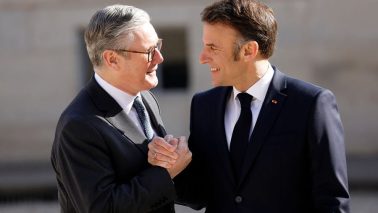Compton Verney House has reopened for its second season, continuing its founder Sir Peter Moore’s aim of bringing art which is under-represented elsewhere in Britain to a new audience. Alongside landscape paintings by the 17th-century Neapolitan artist Salvator Rosa is a larger, thematic exhibition, Only Make-Believe, curated by Marina Warner, who brings to the task a weight of experience.
Spread out through several rooms in the house, the show is more about her thoughtful intimacy with the subject than just the simple sum of its themes and exhibits. Its gurus are the child psychologists and educationalists Friedrich Froebel, Melanie Klein and Maria Montessori with their benign interrogation of the psychological and cultural aspects of child’s play. Friedrich Froebel was the 19th-century inventor of the Kindergarten, the creator of simple yet highly satisfying coloured balls, shapes and paper cut-outs, tools for an understanding of the natural laws and materials of the universe. Passing into the designs of the Bauhaus group as a utopian, pared-down formalism, this legacy was to re-emerge, like a playfully wielded cosh, in the insouciant brutalism of socially generated architecture such as Erno Goldfinger’s Trellick Tower and his grid-framed behemoth at the Elephant and Castle.
Elsewhere, among paper dolls, origami and bricolage, are the Bront





Comments
Join the debate for just £1 a month
Be part of the conversation with other Spectator readers by getting your first three months for £3.
UNLOCK ACCESS Just £1 a monthAlready a subscriber? Log in